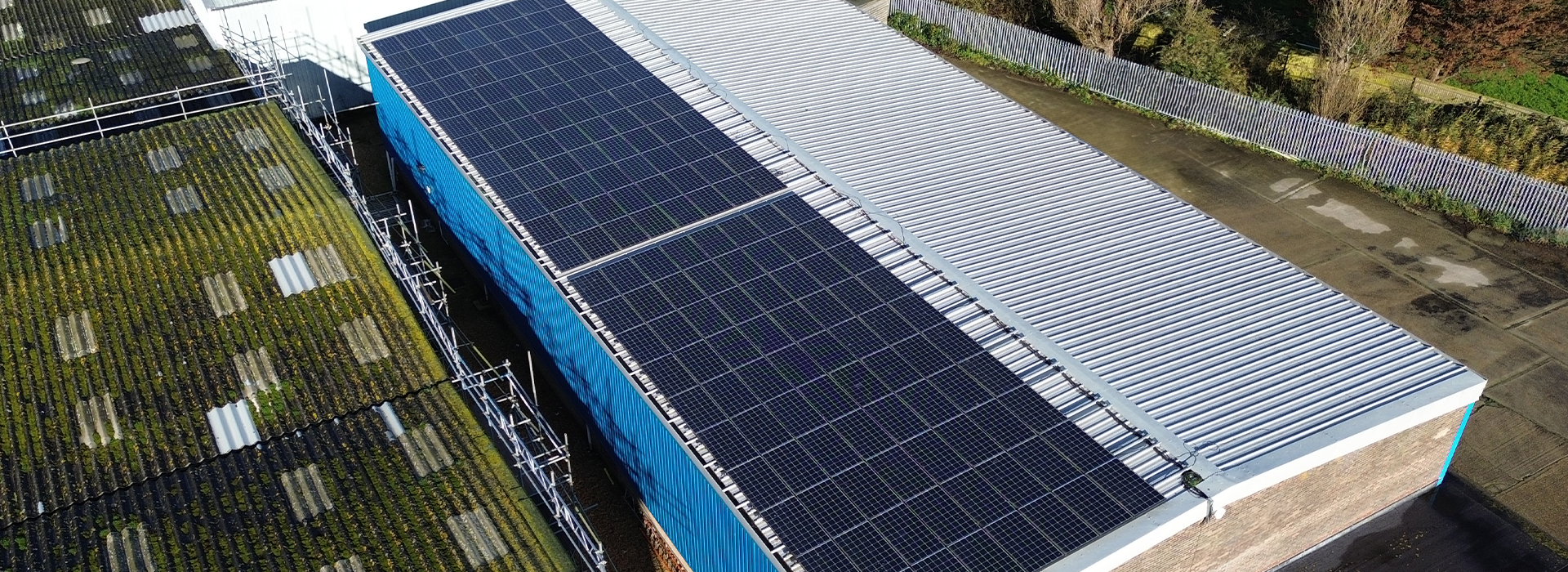Winter mornings in the United Kingdom bring a unique set of challenges for those involved in industrial and commercial roofing projects. With icy surfaces and reduced visibility, ensuring the safety of workers becomes paramount. This blog post delves into crucial safety measures, with a special focus on the importance of regularly testing safety lines for rooftop maneuvers during the chilly mornings of winter.
Weather-Proofing Your Plan
Before any rooftop activity begins, a thorough understanding of the weather is essential. Winter in the UK can present a mix of frost, ice, and occasional snowfall. Monitor weather forecasts consistently, and plan work activities accordingly. If conditions are particularly treacherous, consider rescheduling tasks to avoid unnecessary risks.
Outfitting Workers for Winter Conditions
Equip workers with the right gear to combat the cold. Insulated, slip-resistant footwear is vital to prevent accidents on icy surfaces. Provide thermal clothing, gloves, and headgear to ensure that workers stay warm and focused. Moreover, assess the condition of all personal protective equipment (PPE) regularly, replacing any items that show signs of wear and tear.
Testing and Maintenance of Safety Lines
Safety lines are a lifeline for workers navigating industrial and commercial rooftops. Regular testing and maintenance of safety lines are critical to ensuring their reliability in emergency situations. Before embarking on any rooftop activities, verify that safety lines have been tested recently and are in optimal working condition. This includes checking for any fraying, corrosion, or weakening of the lines.
Surface Inspection and De-icing Protocols
Winter conditions can make roof surfaces hazardous. Prior to starting work, conduct a comprehensive inspection of the rooftop to identify and rectify potential dangers. Clear any accumulated snow or ice, and establish de-icing protocols using safe and appropriate agents. It’s imperative to prioritize the removal of hazards to provide a secure working environment.
Enhancing Visibility in Limited Daylight
With shorter daylight hours during winter mornings, visibility becomes a critical factor in ensuring safety. Adequate lighting is essential to illuminate work areas effectively. Employ portable lighting solutions, such as LED lights, to maintain visibility during early morning tasks. This precaution not only enhances safety but also contributes to the precision and efficiency of the work.
Communication and Emergency Preparedness
Establishing clear communication channels is crucial for the safety of workers on rooftops. Ensure that workers are familiar with communication protocols, especially when working in teams. Additionally, develop and communicate emergency procedures, including evacuation plans and designated meeting points. Access to communication devices is vital in case of unforeseen circumstances.
Conclusion
Navigating industrial and commercial rooftops during winter mornings demands meticulous planning and a steadfast commitment to safety. Regular testing and maintenance of safety lines, coupled with weather awareness, proper outfitting of workers, surface inspections, enhanced visibility measures, and robust communication and emergency preparedness, collectively contribute to a secure working environment. Prioritizing safety not only safeguards the well-being of workers but also underscores a commitment to excellence in every roofing project, no matter the season.



